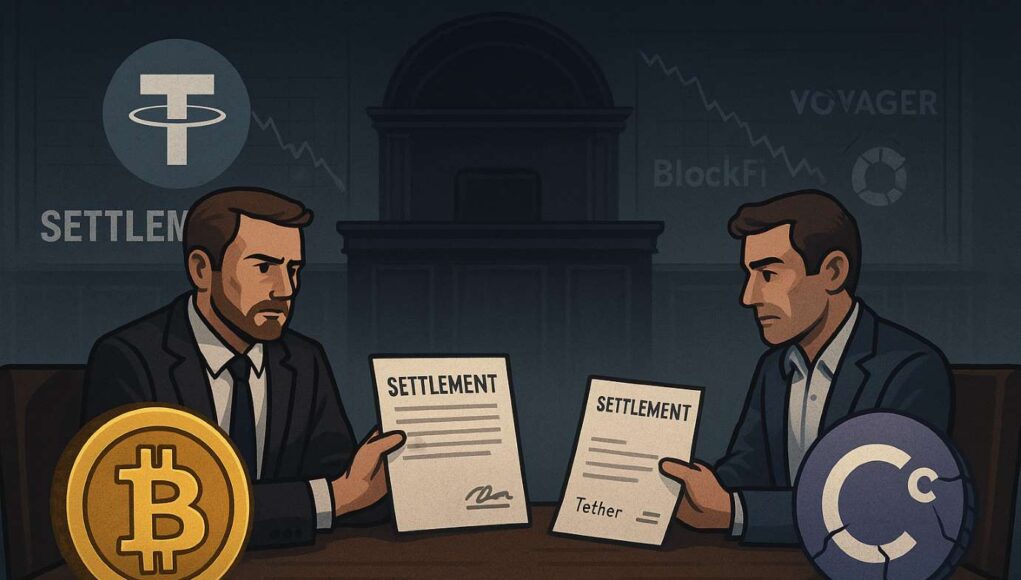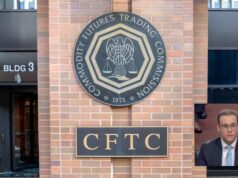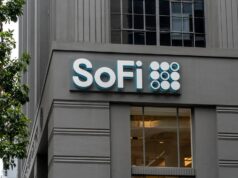This settlement between Celsius and Tether concluded one of the longest-running disputes in the crypto bankruptcy world. Tether has agreed to pay $299.5 million to the Celsius Network bankruptcy estate. The agreement resolves a two-year collateral dispute that stemmed from margin calls and Bitcoin liquidations before Celsius collapsed in 2022. The deal, brokered by the Blockchain Recovery Investment Consortium (BRIC), marks a significant milestone for creditors who have waited more than three years to recover funds.
Announced on October 14, 2025, the settlement ends all claims between Celsius and Tether. While the payment represents a fraction of Celsius’s original $4–4.5 billion demand, it offers a guaranteed recovery. Both parties avoid further legal uncertainty, and it accelerates final distributions to creditors.
Timeline of the Dispute
The dispute traces back to July 2022, when Celsius filed for Chapter 11 protection following severe liquidity shortfalls and collapsing crypto asset prices. During the crisis, Tether allegedly liquidated large portions of Bitcoin pledged as collateral for loans to Celsius. The Celsius Network bankruptcy filings listed these transactions among the estate’s key adversary proceedings, which are lawsuits filed within a bankruptcy case.
In August 2024, BRIC, a consortium backed by VanEck and GXD Labs, filed a detailed complaint alleging that Tether’s actions cost Celsius billions. Nearly a year later, in July 2025, the bankruptcy court allowed most of those claims to proceed. So, Tether faced a real trial risk. Just months later, the parties settled, bringing an end to the conflict and freeing the estate from one of its most contentious cases.
What the Settlement Means for Creditors
For Celsius creditors’ recovery, the $299.5 million cash infusion significantly improves the estate’s liquidity position. The deal immediately expands the recovery pool. It will provide funds that can be used for faster payouts and reduce the estate’s dependency on future litigation outcomes.
By eliminating a high-cost legal battle, BRIC can redirect administrative and legal budgets toward processing distributions. For individual claimants, this means their Celsius creditor payout may arrive sooner. It may even be at a higher percentage than projected before the deal.
Moreover, this visible success reinforces confidence that professional recovery efforts deliver tangible results. As one of the last unresolved fronts in the bankruptcy, the Tether deal moves Celsius closer to closing its case and returning capital to its users.
Why the Settlement Is a Smart Move for Celsius
By accepting the settlement agreement, the estate has prioritized certainty over speculation. A guaranteed $299.5 million is a pragmatic outcome given the challenges of proving complex on-chain collateral claims and the uncertainties of crypto asset valuation in court.
The Celsius estate also saves millions in legal fees, expert witness costs, and discovery expenses. Each additional month of litigation would have reduced the net recovery available to creditors. Instead, the estate can focus on the creditor distribution process and remaining asset sales without prolonged procedural delays.
The decision also reflects BRIC’s strategy: to deliver quick, measurable recoveries rather than chase multi-year, high-risk verdicts. For creditors fatigued by years of uncertainty, closure itself holds significant value.
Why the Settlement Is a Strategic Exit for Tether
For Tether, the agreement represents prudent legal risk management. After the July 2025 ruling that allowed most Celsius claims to advance, the company faced growing exposure. Settling now for under $300 million prevents unpredictable judgments and avoids potential findings that could redefine stablecoin issuer liability.
The Celsius settlement also protects Tether’s reputation. With regulators worldwide scrutinizing stablecoin practices, closing this chapter without admitting liability allows Tether to demonstrate cooperation and transparency. Resolving this lawsuit saves time and resources, and it offers finality before upcoming stablecoin legislation and licensing frameworks take shape.
By opting for a strategic exit, Tether limits financial uncertainty. It preserves operational stability and avoids precedent-setting rulings that might have broader implications for the industry.
Outstanding Celsius Matters
Although the Celsius Tether settlement is now complete, the wider bankruptcy case continues. Other adversary proceedings are still active as BRIC pursues additional recoveries from counterparties linked to the failed lender’s pre-collapse dealings.
The court must still grant bankruptcy court approval to integrate the new funds into upcoming distribution rounds. Once that occurs, the money will be folded into the estate’s assets for disbursement under the Chapter 11 plan.
Despite this progress, Celsius’s crypto bankruptcy case remains open until all distributions are finalized and residual disputes are resolved.
>>> Read more: Celsius Crypto Lender Exits Bankruptcy and Shifts to Bitcoin Mining
Market and Regulatory Implications
The Tether case underscores how quickly counterparty risk can ripple across the digital asset ecosystem. For regulators, it underscores the need for clear definitions of stablecoin issuer liability, especially when issuers act as collateral lenders or liquidity providers.
At the same time, the Celsius Tether settlement highlights the effectiveness of an asset recovery consortium like BRIC in handling complex, cross-border crypto bankruptcies. Their success in negotiating substantial recoveries could set a precedent for future insolvency management across DeFi and CeFi platforms alike.
Takeaways for Investors and Lenders
The Celsius Tether settlement offers a clear reminder that contractual precision and documentation are paramount in crypto lending. For creditors, it shows how cooperative settlements can deliver faster, more reliable outcomes than drawn-out trials.
The Celsius creditors recovery process also proves that specialized recovery teams can extract real value even years after a platform’s collapse. For the broader industry, the case adds weight to discussions about crypto market implications of collateral management and stablecoin oversight.
As Celsius moves closer to final closure, the Tether deal stands out not as a defeat for either party but as a pragmatic resolution. One that balances financial logic, reputational risk, and creditor priorities in an evolving regulatory landscape.
Readers’ frequently asked questions
Who will manage the $299.5 million settlement funds from Tether?
The funds will be handled by the Blockchain Recovery Investment Consortium (BRIC) on behalf of the Celsius bankruptcy estate. BRIC is responsible for collecting, managing, and distributing recovered assets to eligible creditors under court supervision.
When will Celsius creditors receive their share of the settlement?
Distributions will occur after the bankruptcy court approves the integration of the Tether settlement into the estate’s plan. The payout timeline depends on remaining administrative steps but is expected to align with upcoming creditor distribution rounds already underway.
Does the Tether settlement mark the end of the Celsius bankruptcy case?
No. The Tether settlement resolves one major adversary proceeding, but other claims, asset recoveries, and administrative processes remain active. Celsius will officially close the bankruptcy only after all distributions and outstanding cases are finalized.
What Is In It For You? Action items you might want to consider
Verify creditor eligibility and claim status
Creditors should confirm that their claim information remains current in the Celsius portal to ensure they are included in the next payout cycle reflecting the Tether settlement funds.
Track official updates on settlement disbursement
Monitor announcements from BRIC or the Celsius bankruptcy administrator regarding court approval, integration of funds, and specific distribution dates for the $299.5 million recovery.
Monitor remaining adversary proceedings
Stakeholders should track Celsius’s other ongoing recovery efforts and court filings to stay informed on additional settlements or asset distributions that may affect overall payout percentages.










